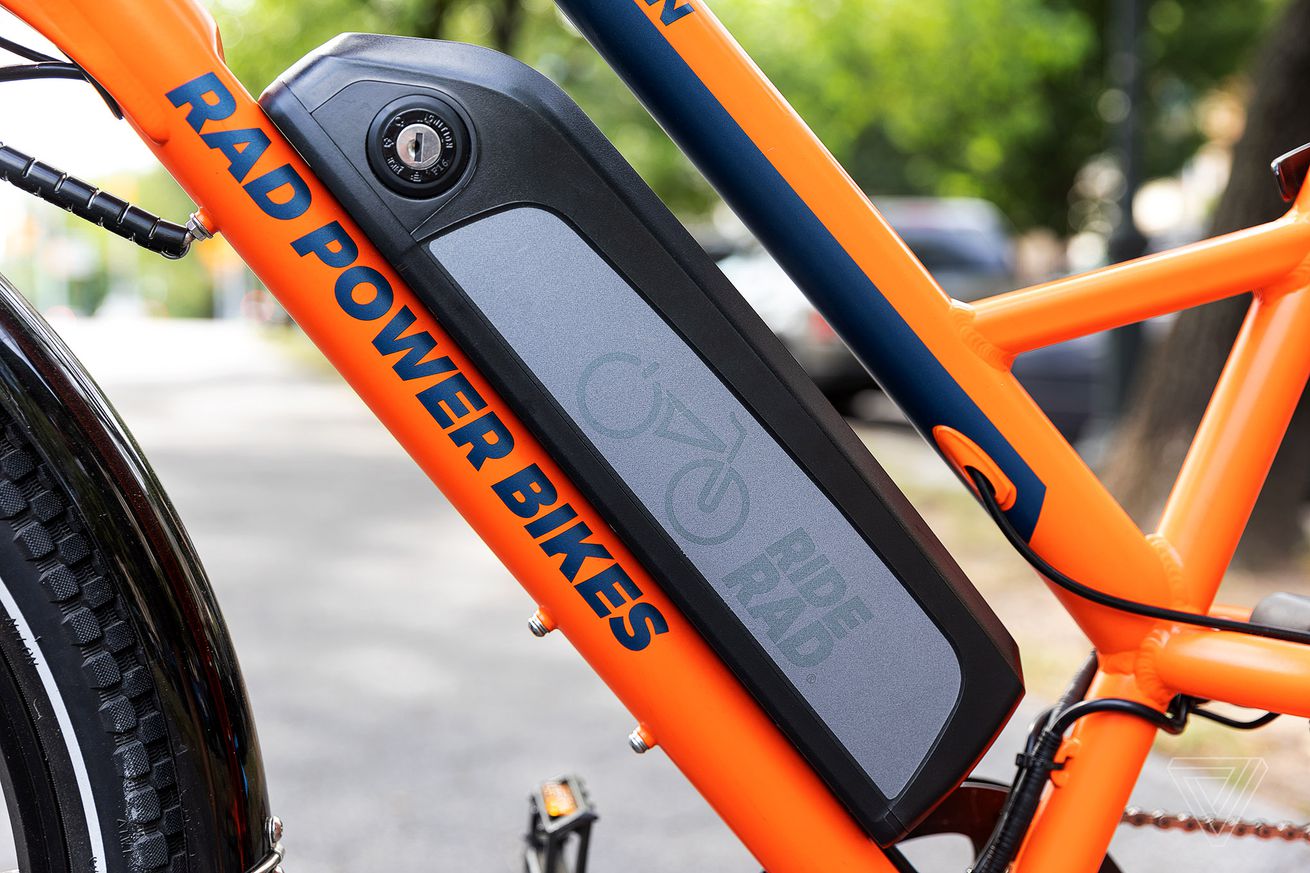
Rad Power Bikes is pulling out of Europe to focus on US e-bike sales
Rad Power Bikes is pulling out of Europe, six years after first opening an office in the Netherlands in an effort to tap into the region’s bike-friendly market. Around 40 employees will be laid off by the end of the year, and the Seattle-based company will no longer sell its electric bikes to customers in the UK and the European Union starting in 2024.
Instead, the e-bike company will redouble its efforts in North America, where Rad feels its brand is strongest. In an interview, Rad Power Bikes CEO Phil Molyneux says the move was necessary in order to sustain its business and achieve long-term success.
“Back to our roots”
“This change really allows us to continue to set the standard for the e-bike revolution in North America, which as you know, that was our starting place,” Molyneux says. “And to continue to have a real laser focus on safety, reliability, continued innovation, going into the future and the aspiration of delivering the highest quality products at affordable prices for our customers.”
He added, “So kind of back to our roots.”
The move is the latest setback for the company, which, in recent years, has established itself as one of the fastest-growing e-bike brands in the world. The covid-19 pandemic led to a boom in bicycle sales, and especially e-bike sales. Rad Power Bikes has raised $329 million in private investment since its launch in 2007. And while the company doesn’t release its sales figures, Molyneux says it has over 600,000 customers worldwide.
But Rad has struggled to maintain its position amid an economic slowdown. The company has had four rounds of layoffs since April 2021, when it slashed 100 positions. An additional 63 employees were cut in July 2022, followed by a third round of layoffs in December and a fourth in April 2023. The company currently has 424 employees, according to LinkedIn.
“It was necessary to go through a few rounds of reduction in force,” Molyneux says. “It is highly difficult work and, you know, something that we had to do … to ensure that the company was right sized for the current outlook of the business.”
“It was necessary to go through a few rounds of reduction in force.”
In addition to layoffs, the company has faced numerous other challenges, including a wrongful death lawsuit, a lawsuit related to property damage, and a safety recall of nearly 30,000 electric cargo bikes for misaligned tires.
The recall was a blow to Rad’s reputation. The company said it had received 137 reports of tires blowing out, deflating, and separating from the sidewalls. Eight injuries were reported, including five incidents of “road rash, cuts and/or bruises and one report of a broken wrist and one report of a broken arm.” And the wrongful death suit, in which the parents of a 12-year-old girl who died after falling off the back of a RadRunner utility bike are suing the company for negligence, highlighted the lack of regulations for the fast-growing e-bike industry in the US.
Meanwhile, a rash of battery fires, many of them fatal, has cast a harsh spotlight on the industry’s overreliance on cheaply made batteries, many of them from China. New York City, where many of the most lethal fires have occurred, recently enacted a package of laws requiring e-bikes to receive UL certification, the gold standard for safety compliance, to be legally sold. (No Rad bikes have been implicated in any fires.)
In January, a few months after replacing founder Mike Radenbaugh as CEO of Rad Power Bikes (Radenbaugh remains the board chair), Molyneux issued a letter to customers acknowledging “mistakes” and vowing to make improvements.
In an interview, Molyneux says the company has done a lot to enhance its quality assurance process in which e-bikes are tested before being sold to customers. “If we do find a problem with one of our bikes, we own it,” he says, “and we communicate to the customers and then we develop the solutions and we take full ownership of putting everything right.”
Rad is also seeking UL certification for its e-bikes, which it anticipates receiving before the New York City law goes into effect in September. Rad’s current lineup has been tested for UL 2849 and UL 2271 or UL 62133 compliance, “even though it is not required,” according to the company’s FAQ page.
There are few laws at the federal or state level regarding e-bike safety or operation. Some states have created incentive programs for customers to buy e-bikes, encouraged by studies that show e-bikes are a more environmental mode of transportation that owners use to replace car trips. A bill has been introduced in Congress that would apply a $1,500 discount to a new e-bike purchase.
But with the rise of safety concerns, Molyneux says he expects — and welcomes — more regulation from local government. “It’s good to ensure that quality bikes are coming into the market,” he says. “And that’s got to be great for the whole industry to move forward in the right dynamic.”
Several states, including California, have passed laws prohibiting children under the age of 16 from operating e-bikes. Rad requires customers to confirm they are older than 16 in order to buy an e-bike. But Molyneux says more work needs to be done, especially around installing infrastructure like bike lanes to encourage the safe operation of bikes.
Despite being around for nearly 16 years, it’s still early days for Rad Power Bikes. The company is going through a familiar cycle of rapid growth, followed by rapid shrinking, that many other startups have experienced. But Molyneux says he remains confident that Rad will emerge on top.
“We care about this industry,” he says. “We want this industry to grow. And we want to get more people out of cars and onto bikes — preferably Rad Power Bikes.”

